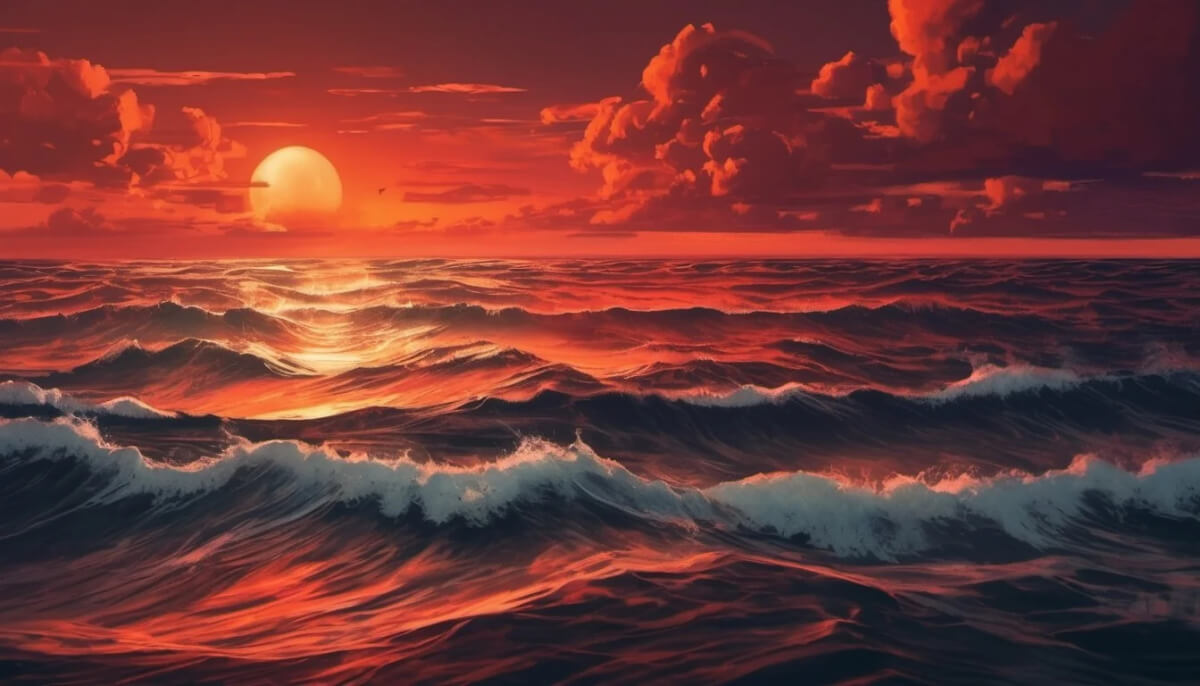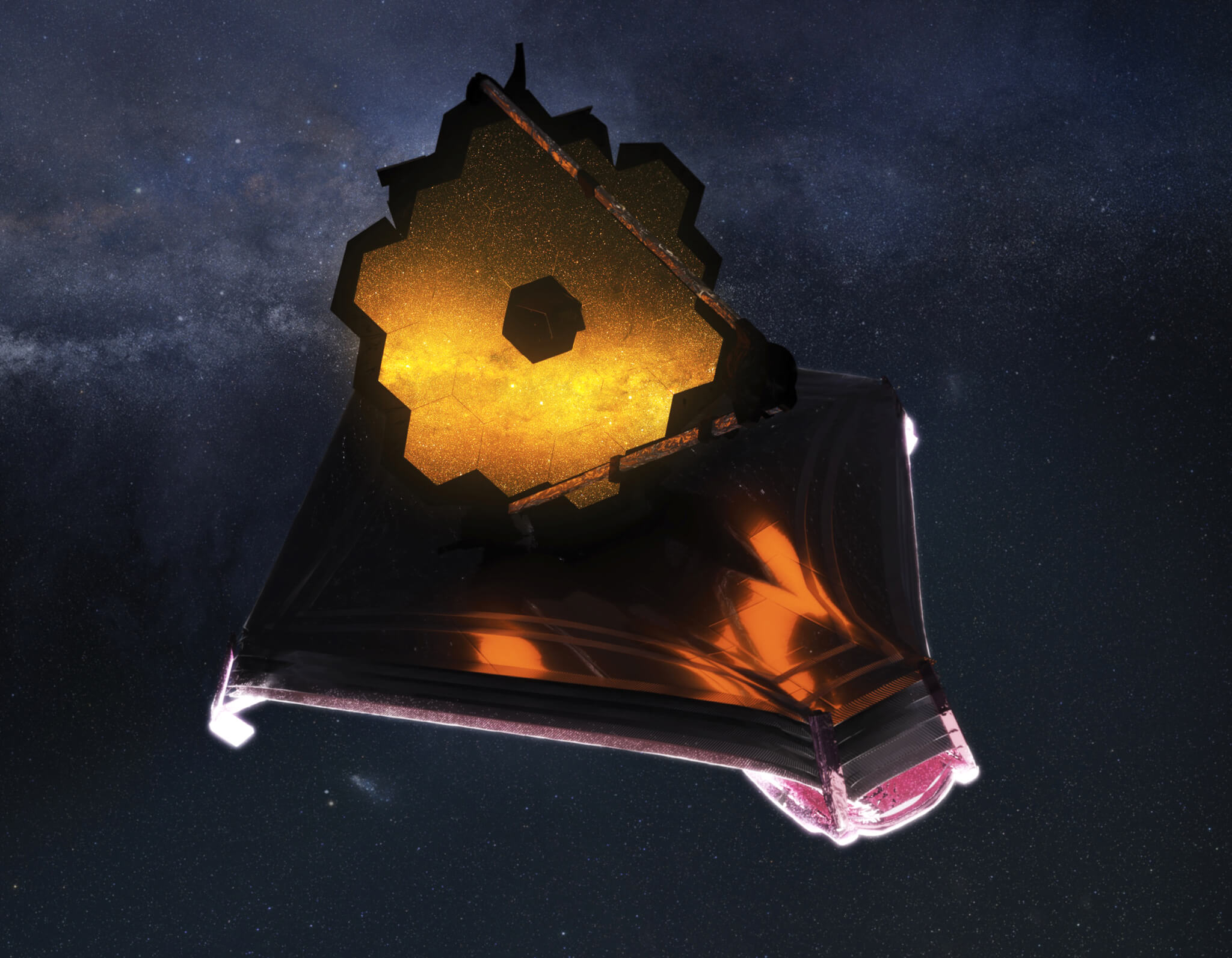RIVERSIDE, Calif. — We are still alone in the universe — for now. A new study by UC Riverside astronomers is challenging recent reports that NASA’s James Webb Space Telescope (JWST) found signs of alien life on a distant planet. However, that’s not to say we will never find extraterrestrial life one day, especially on so-called “Hycean” worlds that may be home to deep oceans with hydrogen-rich atmospheres.
The study, published in the Astrophysical Journal Letters, focused on a class of sub-Neptune exoplanets — planets outside our solar system that are smaller than Neptune but larger than Earth. Recent observations indicate some of these planets may have water-rich interiors covered by thick hydrogen atmospheres. If the conditions are right, these planets could potentially host liquid water oceans on their surfaces, making them promising places to look for alien life.
On Earth, some microorganisms in the oceans release organic sulfur compounds like dimethyl sulfide (DMS) and methanethiol into the atmosphere. However, these gases don’t build up to high concentrations because they are quickly destroyed by UV light from the Sun. However, on Hycean worlds orbiting smaller, cooler stars that emit less UV radiation, researchers hypothesized that biogenic sulfur gases could potentially accumulate to much higher, detectable levels.

To test this idea, the team used computer models to simulate the atmospheres and climates of Hycean planets under various conditions. They found that if the biological production of sulfur gases was around 20 times higher than it is on Earth, those gases could build up to parts-per-million concentrations on a Hycean world — high enough to potentially be detectable with advanced telescopes.
Researchers were intrigued by this finding because it may line up with tentative evidence of DMS in the atmosphere of the exoplanet K2-18 b, based on recent observations from the Webb telescope. While it’s too early to say if this potential DMS detection is real, let alone a sign of alien life, the new study suggests it’s at least plausible.
“This planet gets almost the same amount of solar radiation as Earth. And if atmosphere is removed as a factor, K2-18b has a temperature close to Earth’s, which is also an ideal situation in which to find life,” says study author Shang-Min Tsai, a project scientist at the University of California-Riverside, in a media release.
However, detecting individual sulfur gases like DMS will be tricky. Researchers’ models indicate DMS would be hard to identify in the wavelengths of light that JWST’s NIRSpec instrument is sensitive to because its signal overlaps strongly with methane gas. A more promising approach would be to look for DMS together with other chemical byproducts like ethylene and ethane, using mid-infrared wavelengths that could be observed by JWST’s MIRI instrument.


Scientists stress that the detection of biogenic sulfur gases alone wouldn’t be proof of alien life on Hycean worlds. However, it would be a compelling hint that could be followed up with additional observations. For example, searching for other potential biosignature gases and studying their relative abundances.
“The best biosignatures on an exoplanet may differ significantly from those we find most abundant on Earth today. On a planet with a hydrogen-rich atmosphere, we may be more likely to find DMS made by life instead of oxygen made by plants and bacteria as on Earth,” explains senior study author Eddie Schwieterman, an astrobiologist at UC Riverside.
Of course, all of this remains hypothetical until we actually detect sulfur gases on an alien world. But the new study provides an exciting glimpse of how we could begin to sniff out clues of extraterrestrial microbes in the coming years, as powerful new telescopes like the Webb allow us to analyze the atmospheres of planets far beyond our solar system. The search for life beyond Earth is only just beginning, and studies like this help lay the groundwork for knowing what clues to look for as we gaze across the cosmic oceans to distant shores that may harbor the stirrings of alien biology.
StudyFinds’ Matt Higgins contributed to this report.

